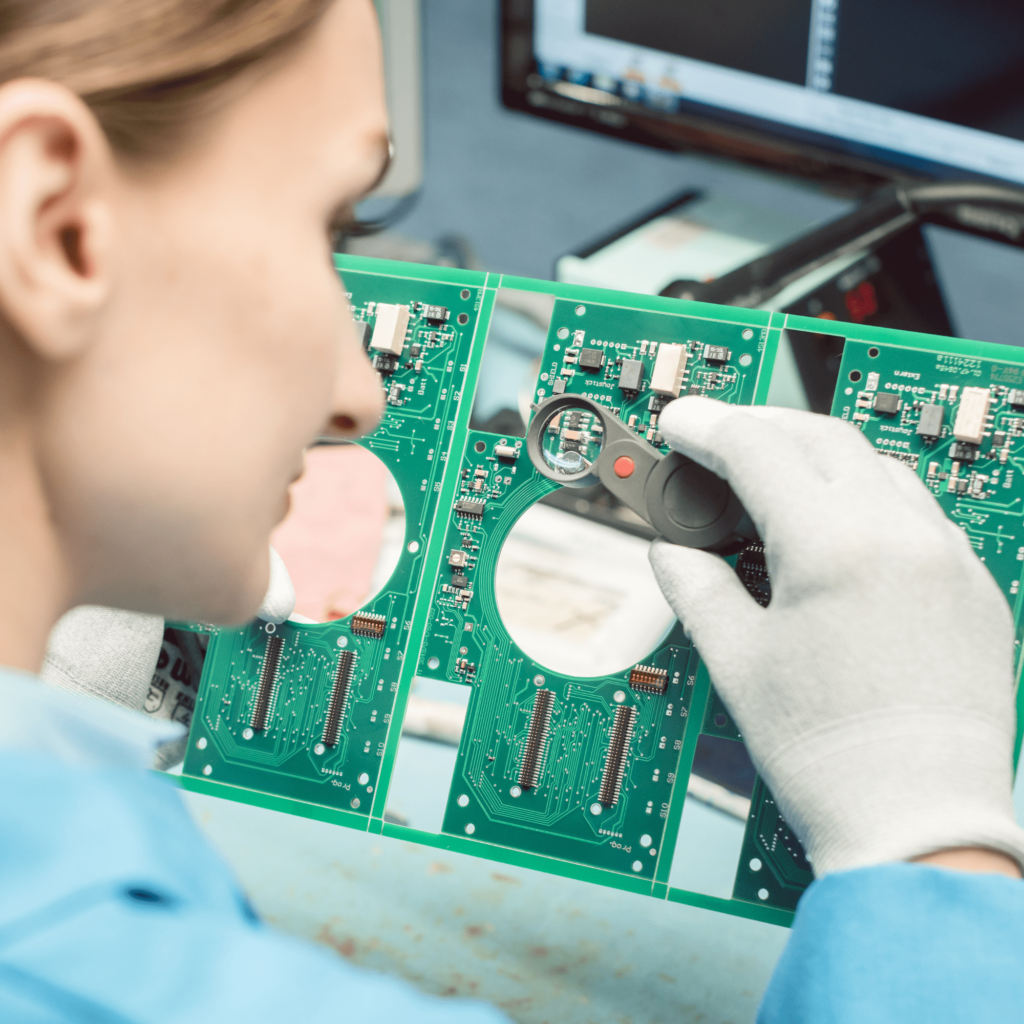QUOTATION AND TECHNICAL CONSULTATIONS
PCB PRODUCTION IN THE FACTORY – STEP-BY-STEP
PCB production is a complex process involving multiple stages that require advanced technology and precision. Each board undergoes a series of sophisticated operations to ensure the highest quality and reliability of the finished printed circuits.
It is worth noting that the production process shown may vary depending on the type of substrate or PCB chosen. Regardless of the customer’s choice, we always strive to provide the best PCBs, ensuring the highest quality and full compliance with customer guidelines.
QUALITY CONTROL AND TESTING
At PROPCB, we place particular emphasis on quality control to ensure reliability and compliance with client specifications. Each PCB undergoes rigorous testing to eliminate potential errors and meet the highest quality standards.
Our advanced quality control and extensive testing ensure that every PCB that leaves our production lines meets the highest standards of quality and reliability. Through these measures, we minimize the risk of manufacturing defects and ensure that the final product performs flawlessly.
FINALIZATION AND DELIVERY
After passing all quality checks, PCBs are finalized and prepared for shipment. Each board is carefully packaged to prevent mechanical damage, moisture, or other external factors during transport.

Secure Packaging
For each PCB we use special packaging methods, which we adapt to the type of circuits ordered. For flexible and rigid-flexible PCBs, we use special inserts that protect them from bending during transport. Multilayer and HDI PCBs, on the other hand, are packed in antistatic packaging that protects them from electrostatic charges that can damage delicate tracks and components.

Delivery options
We offer a variety of delivery options, including express shipping to deliver finished PCBs on time, regardless of the customer’s location. Our delivery times are tailored to the specifics of the order. We work closely with international logistics companies to ensure fast and safe delivery, for both domestic and international customers. Our tracking systems allow us to monitor shipments at every stage of transportation.

After-sales support
Once the product is delivered, PROPCB provides full after-sales support, helping customers resolve any questions or problems that may arise during PCB assembly or use. Our team is available to provide technical assistance and advice on further production optimization or the introduction of new technological solutions.
Finalization of production and delivery is not only the closure of the process, but also our guarantee that the finished product meets all requirements, both technically and logistically.





